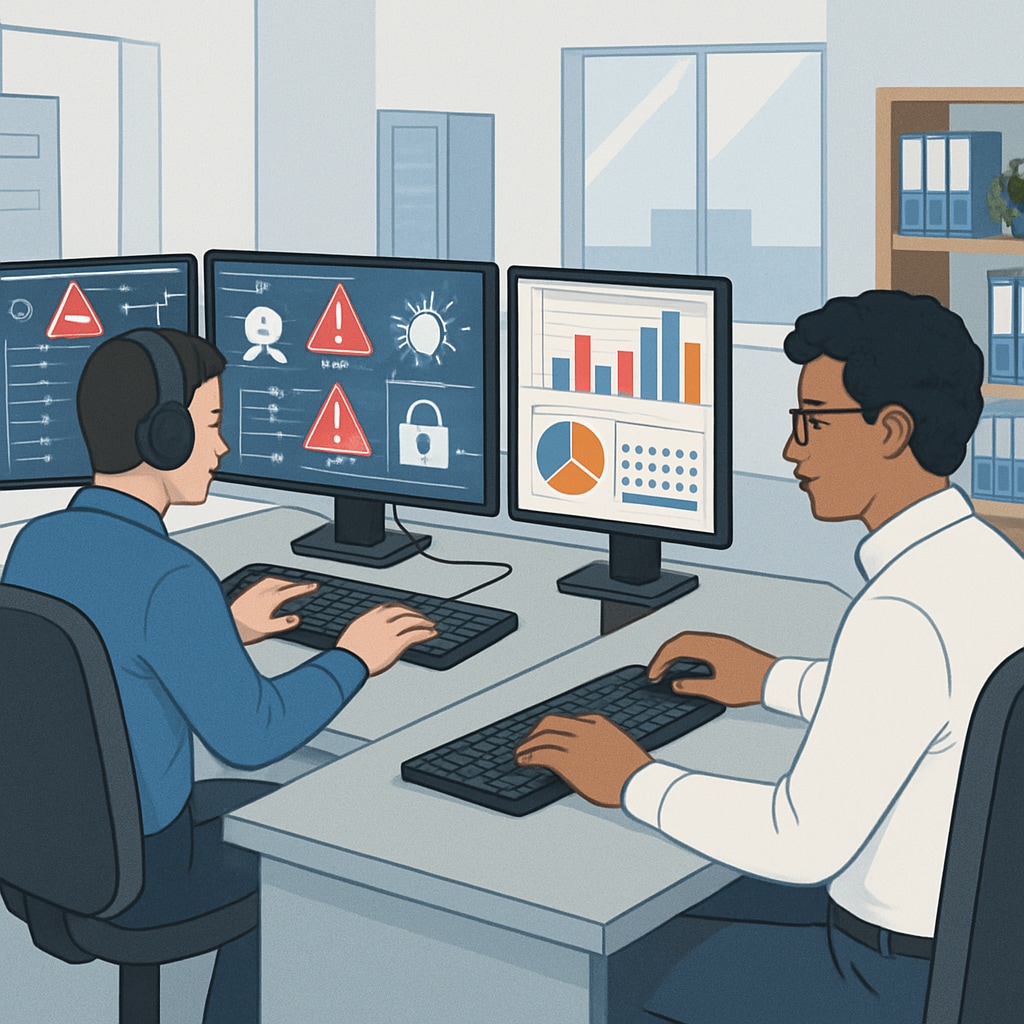The digital economy is reshaping industries, making cybersecurity, data science, and career choices critical considerations for students planning their futures. As these two fields continue to dominate the tech landscape, educators and parents play a pivotal role in helping students lay a solid foundation during their K12 years. This article dives into the key differences between cybersecurity and data science as career paths, exploring their job nature, future prospects, and how early education can prepare students for success.
Understanding Cybersecurity and Data Science
Both cybersecurity and data science are essential components of the modern digital infrastructure, but their purposes and workflows differ significantly. Cybersecurity involves protecting systems, networks, and data from unauthorized access, theft, or damage. It is a defensive field that requires expertise in identifying vulnerabilities, mitigating threats, and ensuring compliance with security protocols.
On the other hand, data science focuses on analyzing and interpreting complex datasets to derive actionable insights. Data scientists use mathematical models, algorithms, and machine learning techniques to predict trends, improve decision-making, and solve business problems. While both fields demand technical proficiency, they serve different objectives and require distinct skill sets.

Career Prospects: Cybersecurity vs Data Science
In terms of career growth, both fields offer promising opportunities. The demand for cybersecurity professionals is driven by the increasing frequency of cyberattacks and the expanding regulatory landscape. Roles such as security analysts, ethical hackers, and Chief Information Security Officers (CISOs) are not only in high demand but also come with competitive salaries. According to a report by the U.S. Bureau of Labor Statistics, cybersecurity jobs are projected to grow by 35% from 2021 to 2031, far outpacing the average growth rate for other occupations.
Data science, too, is experiencing rapid growth as industries adopt data-driven strategies. Companies across sectors—ranging from finance to healthcare—rely on data scientists to optimize operations, forecast trends, and innovate products. The World Economic Forum predicts that data-related roles will become one of the top-emerging job categories by 2025. Positions such as data analysts, machine learning engineers, and AI specialists offer lucrative career paths with immense global demand.
Work Environment and Lifestyle Considerations
Another crucial factor in making a career choice is the nature of the work and its alignment with personal preferences. Cybersecurity professionals often work in high-pressure environments where quick responses are essential during breaches or security incidents. They may work on-call or during irregular hours, especially in roles requiring real-time monitoring of systems.
In contrast, data science roles generally follow a more structured schedule, focusing on long-term projects and analytical tasks. The work environment is often collaborative, involving cross-functional teams to address business challenges. While the pressure to meet deadlines exists, it is typically less urgent compared to cybersecurity roles.

How K12 Education Can Prepare Students
Building a foundation for these careers begins early, and K12 education plays a crucial role in developing the necessary skills. Here are some ways schools and parents can prepare students:
- Encourage STEM Education: Subjects like mathematics, computer science, and engineering lay the groundwork for both fields. Encourage participation in coding clubs, robotics competitions, and other tech-related extracurricular activities.
- Foster Critical Thinking: Analytical and problem-solving skills are essential for both cybersecurity and data science. Introduce students to puzzles, logical games, and real-world problem-solving scenarios.
- Offer Early Exposure: Platforms like Code.org and CyberPatriot provide resources for students to explore coding and cybersecurity from a young age. Similarly, data science can be introduced through tools like Excel, Python, and simple machine learning tutorials.
- Promote Soft Skills: Communication, teamwork, and adaptability are just as important as technical expertise. Encourage group projects and presentations to develop these abilities.
Additionally, mentorship programs and career fairs can help students understand the nuances of these fields and make informed decisions about their future.
Final Thoughts: Choosing the Right Path
Choosing between cybersecurity and data science ultimately depends on an individual’s interests, strengths, and career aspirations. Cybersecurity may appeal to those with a passion for defense and quick decision-making, while data science is ideal for those interested in patterns, predictions, and strategic problem-solving.
Parents and educators should encourage exploration and provide students with opportunities to discover their interests during their formative years. By fostering a combination of technical and soft skills, K12 education can serve as a strong launchpad for students to thrive in the digital economy.
In an era where both fields are indispensable, the choice is less about which is better and more about which aligns best with a student’s goals and talents.
Readability guidance: Short paragraphs, clear transitions, and lists have been used to improve readability. Passive voice has been minimized, and technical terms are explained for accessibility. Overuse of keywords has been avoided, with natural incorporation throughout the text.


